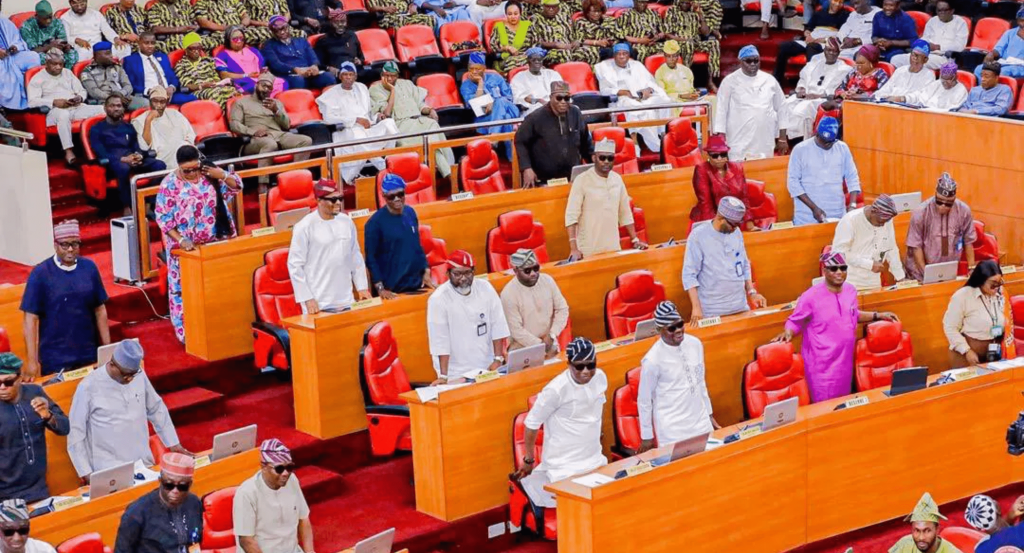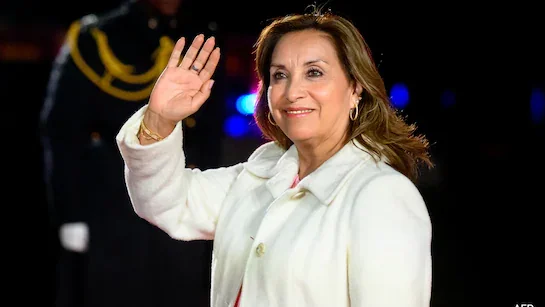The Lagos State House of Assembly has resumed plenary following the impeachment of its former Speaker, Mudashiru Obasa. The session, held on Thursday, February 6, 2025, marked the first official gathering of lawmakers since Obasa’s removal, with members reaffirming their loyalty to President Bola Tinubu’s administration.
Obasa was impeached on Monday, February 4, after being accused of financial misconduct and abuse of office. His removal, which was backed by a majority of the Assembly members, ended his long tenure as Speaker. Despite the controversy surrounding his impeachment, lawmakers have swiftly moved to assure the public of legislative stability.
During the plenary, Obasa was notably absent, while members expressed their commitment to supporting Governor Babajide Sanwo-Olu and President Tinubu’s leadership. Some lawmakers reportedly emphasized the need for unity and a renewed focus on governance in the state.
In an attempt to mend political tensions, reports indicate that some members of the Lagos Assembly have written an apology letter to President Tinubu over Obasa’s removal. The letter, addressed to the presidency, seeks to clarify the circumstances leading to the impeachment while reaffirming the Assembly’s dedication to the government’s agenda.
There are also indications that the Assembly may formally communicate with President Tinubu regarding Obasa’s impeachment and the involvement of influential political figures, including members of the Governor’s Advisory Council (GAC). The lawmakers are expected to deliberate on how best to maintain political stability while ensuring legislative independence.
Meanwhile, Obasa’s political future remains uncertain. While he has not publicly commented on his impeachment, his allies are reportedly exploring ways to challenge the decision. However, with the Assembly moving forward under new leadership, political analysts suggest that the former Speaker’s options may be limited.
As the Lagos Assembly navigates this transition, stakeholders within the state’s political structure are closely monitoring developments. The focus remains on ensuring governance continuity while addressing the concerns that led to the leadership shake-up.























